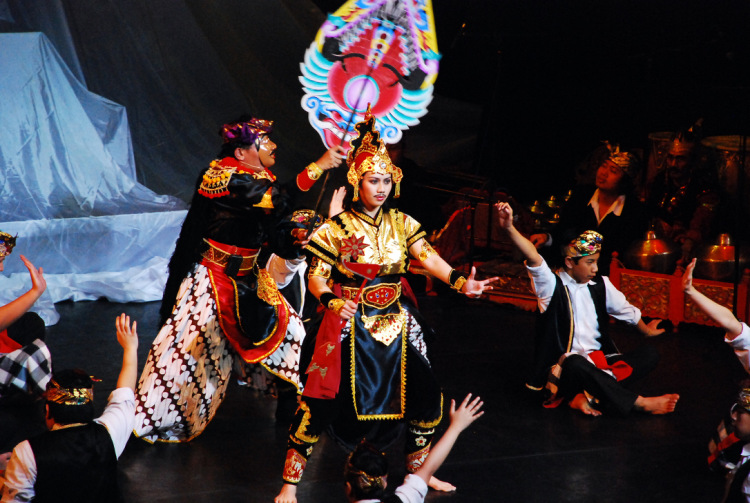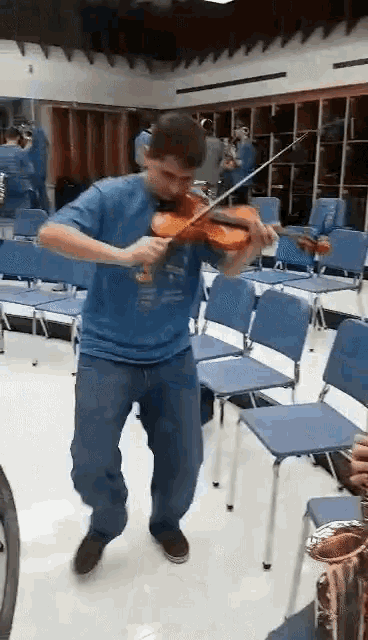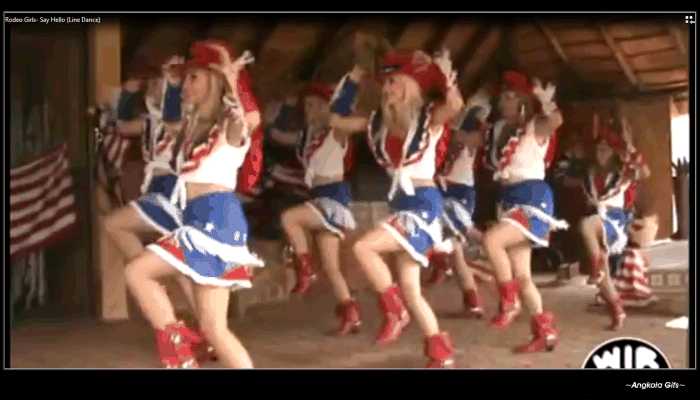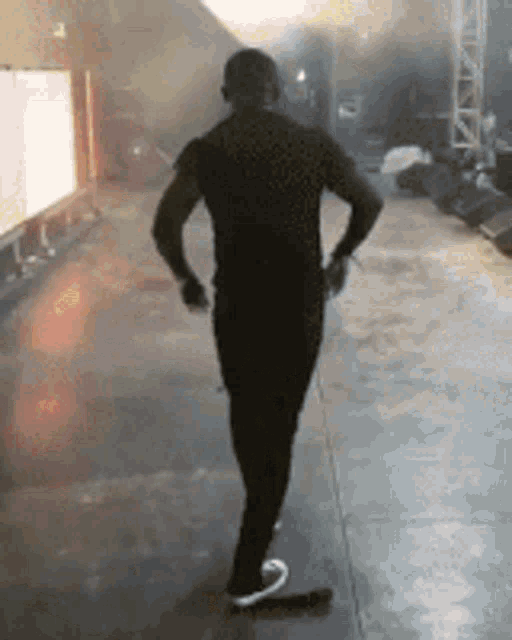How did this dance come about
Dance Facts and History
Dance is a form of art that is made by purposefully recreating selected sequences of human motion, which can be imbued with the values of aesthetic and symbolism that are acknowledged by both performers and observers from within the particular culture. The dance itself can be freeform or can have a predefined choreography that may or may not align with traditions of origin or historical period.
The dance can be performed to serve various functions (social, competitive,
ceremonial, martial, erotic…) but it also has two distinct forms – theatrical dance in which dancers perform for an audience,
and participatory social dance where dancing in a group is
encouraged to anyone. Participatory dances are most commonly found at
weddings, social gatherings, and festivals, and they can be enjoyed with
folk music both alone or in a group (pairs, lines, chains or other forms).
Theatrical dance is known for having more elaborate choreography, planning, costume, scenery and other elements that make the entire production feel more professional. The performers of theatrical dance are usually professional “ virtuoso dancers”, who practice their craft over the years, and are often tasked to interpret the musical accompaniment with advanced dance moves or routines.
Origins and Early History
The dance has always been with us, even before the arrival of written language and modern history,
when our earliest cultures evolved utilizing oral and performance methods
to pass the stories from one generation to the next. Many historians
believe that social, celebratory and ritual dances are one
of the essential factors of the development of early human civilizations.
The earliest findings have pinpointed the origins of ancient dances in 9000-year-old India or 5300-year-old Egypt, but the records more common infusion of dance into a modern culture can be found from Ancient Greece, China, and India. All these old dances evolved, eventually morphing into a wide variety of Roman and European medieval dances, traditional Chinese dances, Hindi and other traditional dances, respectively.
After the arrival of European Renaissance, the history of music and dance exploded with the new additions to song and dance. Ease of travel and immigration to the new world brought these dances into the mix with many native cultures of the New World, forging countless new dance types that are still popular to this day.
Do you know these facts about dance?
-
First archeological proof of dance comes from the 9 thousand year old cave paintings in India.
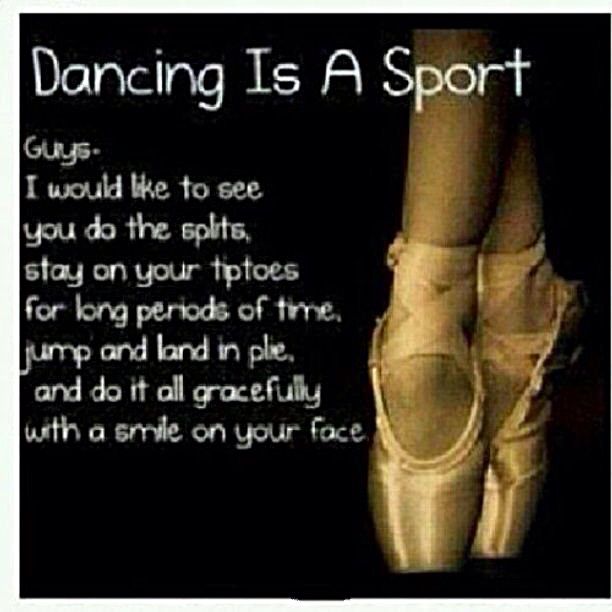
- One of the earliest uses of structured dance was introduced in religious ceremonies that told the stories of ancient myths and gods. Egyptian priests used this kind of visual storytelling in their rituals.
- Ancient Egyptians used dancing for both entertainment and religion.
- Dance represented important parts of many Greek and Roman religious ceremonies.
- Ancient Greeks and Romans annually celebrated their wine gods Dionysus and Bacchus with several days long festivities filled with alcohol, song and dance.
- History of European medieval dance is fragmented and limited, but is believed that simple folk dances were widespread among common and wealthy classes.
-
Modern dance history in Europe started with Renaissance, when many new dances were invented.
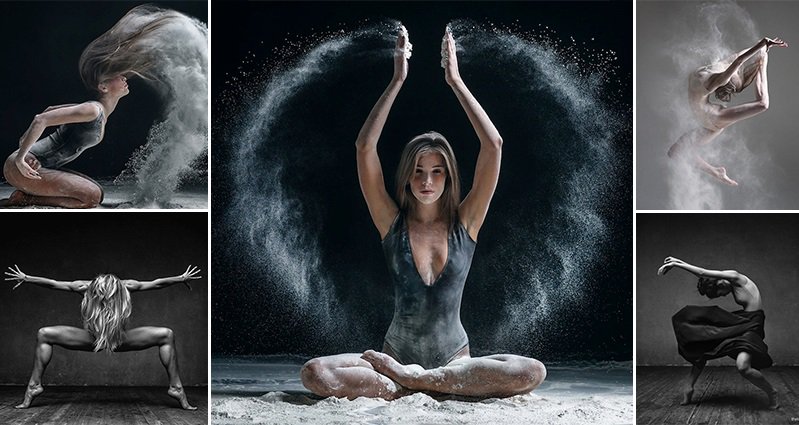 After that, periods of Baroque, post French
Revolution, Elizabethan era, World War 1, Prohibition, Ragtime and pre-WW2 brought many new waves of dance styles.
After that, periods of Baroque, post French
Revolution, Elizabethan era, World War 1, Prohibition, Ragtime and pre-WW2 brought many new waves of dance styles.
- Waltz, one of the most popular dances today came into popularity in mid-19th century by the efforts of the famous composer Johann Strauss, but its origins can be traced even to the distant 16th century.
- At first, waltz was performed with arm's length between male and female dances. The shocking transition to the close embrace happened only after English Queen Victoria fell in love with the dance and forced this change.
- Around 30 thousand people are employed in UK dance industry today, maintaining around 200 dance companies.
-
Even people in wheelchairs can dance! Such dancing is very popular in Europe where there are even competitions in Latin dances with special
wheelchair choreographies.
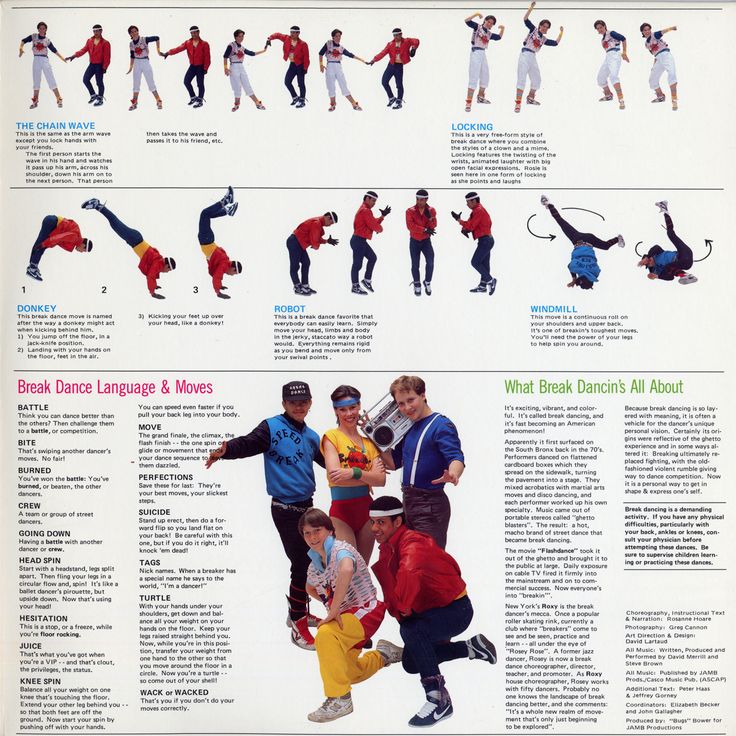
- Professional dance is today regarded as one of the most demanding physical abilities and sports. According to studies, 80% of all professional dances have at least one major injury during their career and staggering 93% of all dance teachers were forced into that position after career ending injury.
- High amount of injuries in professional dancing is induced by high levels of fatigue, little time for rest, inadequate healing techniques and high stress levels. All those factors can produce burn out periods when dancers have decreased strength, coordination, cognitive and immune functions.
-
Lion Dance is one of the most popular religious and ceremonious dances in China and surrounding countries of Taiwan, Korea and Japan. This dance
can signify bringing of good fortune, ward of evil spirits and be an excellent showcase in martial arts proficiency.
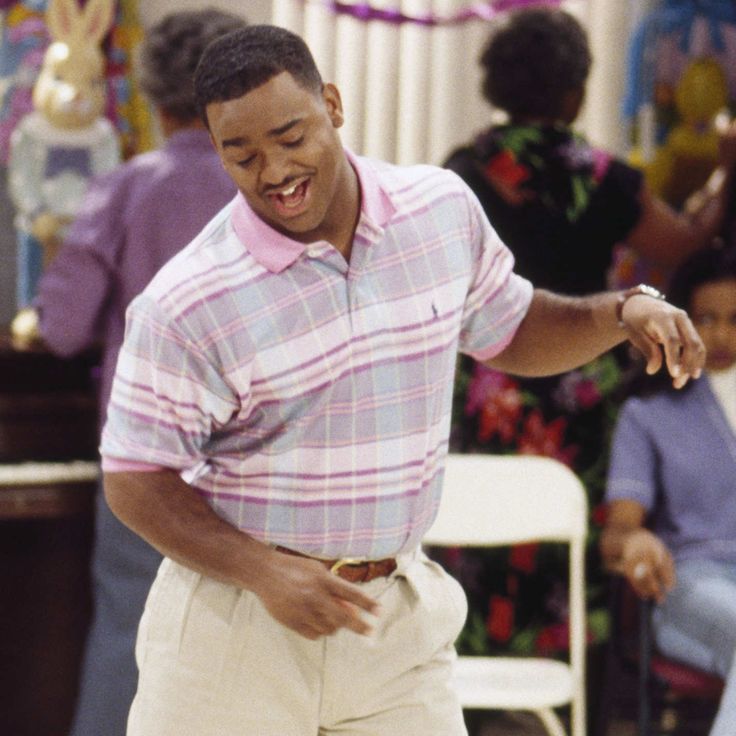
After several thousand years, dancing managed to completely infuse itself into our way of life. Here you can find more information about this fascinating activity and the impact it can have on our lives.
Since the dawn of human civilization, dance remained in close connection with us. Here you can find out more about this fascinating part of our culture, all from its roots in ancient civilizations to the modern times.
Thousand years of innovations and evolution created modern dance that we all enjoy today. Here you can find out more about specific dance styles and the way they are implemented and created.
There are many specific dances which can be sorted into single dance styles or families of related dances. Here you can read more about specific dances and variants of a specific dance.
Facts about Dancing
- Professional dances are today regarded as athletes.
-
Dancing is very beneficial to your health.
 It lowers the chances for heart and blood vessel diseases, improves posture and weight, reduces
stress and tension, improve brain function because of constant presence of music, and can improve relationship between dance partners.
It lowers the chances for heart and blood vessel diseases, improves posture and weight, reduces
stress and tension, improve brain function because of constant presence of music, and can improve relationship between dance partners.
- Because of the need to maintain strict head position while dancing, doctors often prescribe use of dance for those patients that need to develop their peripheral vision.
- First balled dancer that used pointe shoes was Marie Taglioni in 1832 ballet "La Sylphide".
- One tutu shoe cost up to $2000 dollars to be made, and one ballerina wears between 2 and three pairs per week.
- Because of high physical demand on their bodies, most professional dances retire from dancing during their mid-30s.
-
Famous modern dance Cha-Cha originated from Cuba.

- Famous energetic ballroom dance can-can (or cancan), which is performed by the row of female dances in long skirts originated form 1830s Paris ballrooms.
- Origin of tap-dancing comes from the tribal dances of African slaves. Their arrival in North America introduced that dance to the western audiences.
- Dancing with metal tap shoes became popular in United States during 1920s and 1930s. One of the most famous tap-dancing performers of that time were Nicholas brothers, who were instrumental into bringing that style of dance into Hollywood movies.
- Famous movie stars such as Fred Astaire, Ray Bolger and Gene Kelley used tap-dancing to enchant the minds of the worldwide audience with great success.
-
Hindu religion has very close relationship to dance and music.
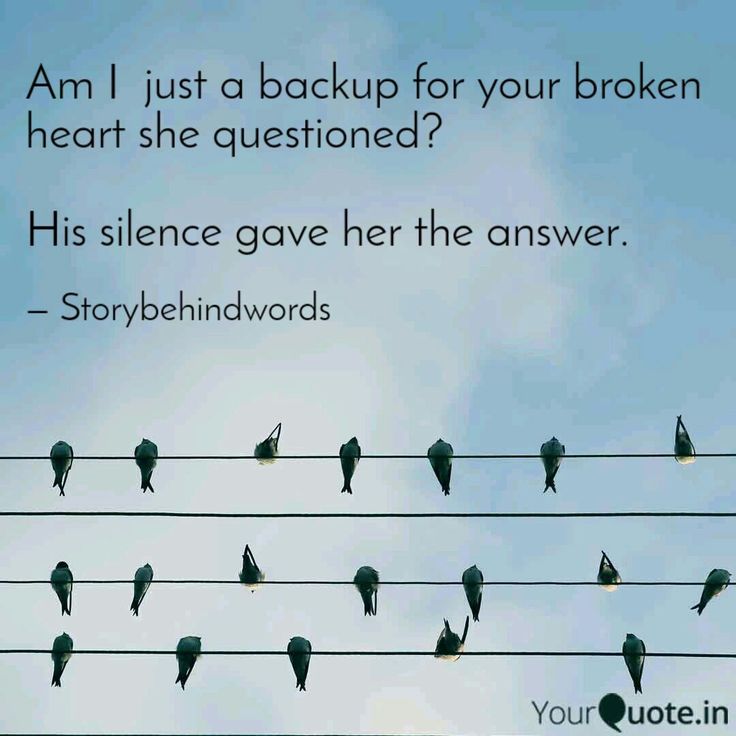 This connection can most visible be seen in their countless Bollywood movies that
all celebrate dancing.
This connection can most visible be seen in their countless Bollywood movies that
all celebrate dancing.
- One of the dances that managed to completely change the landscape of dance history is polka! This energetic dance that was focused for young women that liked to jump, hop and turn swept across the world in mid-19th century.
- Dancing represent great physical exercise for the people of all age. It can be safely practiced from the age of 2 to 102!
- Many historical waves of dances were perceived as the "destructors" of the old way of dance. Examples of that can be found in the 1920's Charleston and the era of Rock music.
- First ballroom dance that was ever created is Italian Viennese Waltz.
-
One of the reason that ballroom dancing is starting to return into popularity is because famous TV competition show "Dancing with the Stars".

- African slaves that were brought in Brazil 300-400 years ago were prohibited from practicing martial arts. Therefore, they developed the mix of dancing and fighting that is known today as capoeira.
- Breakdancing was first created as a "less lethal" form of fighting between warring African-American street gangs in 1970s Bronx area of New York City. This form of dancing re-emerged into worldwide popularity during 1990s.
- Dance marathon competition started as early as 14th century England. They reached height of their popularity in the bloom of US entertainment expansion during 1930s depression era. Some competitions were performed in the 22 day long marathons.
-
The most sensual dance of modern times is without a doubt a Tango. It originated from 1890s Argentina, but it quickly became very successful in
Europe.

Dance List - Information about Different Dances
There are many specific dances which can be sorted into single dance styles or families of related dances. Here you can read more about specific dances and variants of a specific dance.
Traditional folk dances rarely manage to become so famous that they are danced casually and professionally all around the world, but Polka is a clear exception to that rule. Learn more about its history and many other information.
Ghost Dance was originally used as a religious and spiritual dance. Along the popular Sun Dance that was practiced by the tribes of the Plains Indians in US and Canada, Ghost Dance remains remembered today as a unique modern dance that was introduced during times of the greatest hardships of the Native Americans.
Originally, the jazz dance referred to any dance done to jazz music. Dances created in a free form way often manage to find great popularity, but jazz dance managed to change the dancing scene completely when it was popularized in early 20th century.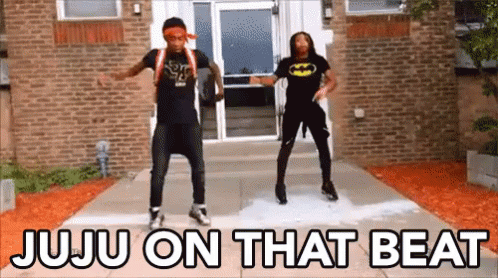 Learn more about jazz dance history.
Learn more about jazz dance history.
Sun Dance is the traditional dance of Native American Indians of the plains territories, closely connected with the celebration of Sun, Earth, well-being of entire tribes and wishes of the individual tribe members. The dance itself was temporarily banned, but it managed to resurface during the middle of 20th century.
Ice dancing is one of the visually most spectacularly dances of the modern age, it is a discipline of figure skating that originally evolved from the ballroom dance. Here you can get introduced to its colorful history and the way it became one of the most popular winter Olympic sports.
The history of tap dance covers the modern evolution of dance, starting with the mid-1800s when African-American influence started changing the modern scene of dance to eventually managing to reach incredible heights of popularity. Learn more about history of tap dance
Line dance represents one of the most communal and fun modern dances, often danced during celebrations and in dance halls. Originating from the 1950s and receiving a big boost during the height of disco era, line dance can easily be found today all around the world.
Originating from the 1950s and receiving a big boost during the height of disco era, line dance can easily be found today all around the world.
Square dance is one of the most popular traditional dances of England, which managed to achieve great popularity in not only continental Europe but also in North America. Here you can read all about the interesting history of square dance and its numerous variations that are danced all around the world.
Contra dance is a folk dance characterized by long lines of couples. Contra dance in Europe and North America proved to be one of the most important ballroom dances before the time dances for pairs became prevalent.
Folk dances are dances that managed during their long life to infuse traditions and ethnic elements into their structure. Hundreds of countries and countless of regions from all around the world have their folk dances, and here is the brief history of them all.
Disco dance refers to dancing type where dancers in discos dance in their own dance styles and dance steps, although from the disco era many popular dance styles are developed. Some popular disco dance forms are disco freestyle, partner and line dances.
Some popular disco dance forms are disco freestyle, partner and line dances.
Tango
Tango is the most popular partner dance of Argentina and Uruguay. It originated from late 19th century as the “dance of the underprivileged” in less developed districts of Buenos Aires and Argentina, where the influences of European immigrants mixed with the traditional music and dance of South America and Africa. Initially, view as obscene and too sexual, the arrival of next generation of dancers in early 20th century pushed Tango into the forefront of Argentinian culture. In mere few short years, the world found about Tango, who quickly became one of the most prominent ambassadors of Argentinian history, fashion, musical and cultural heritage.
Tango dance is one of the most captivating, emotional and sensual expressions of movement. Originally developed in the slums of Buenos Aires and Montevideo, it quickly skyrocketed in popularity and became one of the most influential dances ever to be created.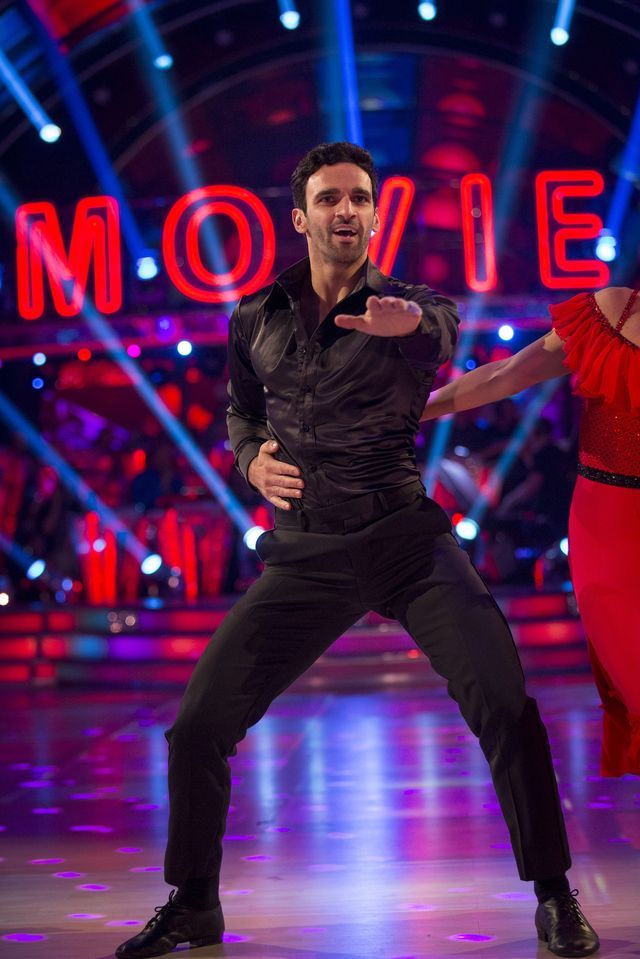 Today it is practiced by millions of fans and professional dancers from all around the world.
Today it is practiced by millions of fans and professional dancers from all around the world.
History of tango begins in Argentina, from where this incredible dance has quickly spread all across the world. The road of this dance throughout our history has greatly influenced our modern dance and music and has become one of the most popular competition dances that are practiced today.
Sensual and emotional tango music originated in poor districts of Buenos Aires and Montevideo over 200 years ago, and since then it managed to grow into one of the most popular styles of modern music.
Tango cannot be danced properly without the good shoes that will enable both the lead and follower to execute complex footwork, movements and body alignments that this sensual, free-flowing and improvisational dance requires. Because of that, both men and female tango shoes are created to be different than other dancing models or street shoes.
Tango dresseses are an integral part of tango dance. They allow dancers to express their elegance, sexuality and passionate performance. Even though today’s clothing is more revealing than in the past, tango clothing remains faithful to the spirit of the original tango.
They allow dancers to express their elegance, sexuality and passionate performance. Even though today’s clothing is more revealing than in the past, tango clothing remains faithful to the spirit of the original tango.
The bandoneon is an iconic musical instrument of both traditional tango, and its newer and bolder style of nuevo tango. Developed in 19th century Germany, this instrument quickly became national instruments of Argentina and Uruguay.
Milonga dance is an important part of Argentine music history. It was born as a reaction to the influences of Cuban and Polish folk music, but its popularity enabled it to become one of the most important stepping stones in the creation of tango. Today, milonga dance and milonga music are celebrated as an important part of the Argentine cultural heritage.
Argentine Tango is a dance of incredible emotion and passion. Born in the melting pot of immigrant cultures and mixed nations in 19th century Argentina, this unforgettable dance quickly exited borders of this country and became instantly popular all around the world.
Argentina's dances are not only limited to the worldwide-known latin styles of tango and samba. This diverse country has a long history of developing countless types of folk and contemporary dances, ranging from those created by South American natives, to brand new dances that were introduced just decades ago.
Argentina music is best known for tango, but this large country is also the home to many other types of music, dance and singing styles of which most popular is folk music. Traditional music of Argentina is incredibly diverse, and its various forms easily reflect regional, cultural and climatic characteristics and influences of both domestic and foreign styles.
Salsa
Salsa is a Latin music and dance style that has managed in the second half of the 20th century to become an international phenomenon. Based upon a genre of Cuban son, and initially popularized across the several countries of Central America, it became a force of nature after it arrived at the New York, where it managed during the 1970s to surpass all the other Latin styles and become one of the most eye-catching, ear-pleasing and impressive dances of all time.
Fueled with the promotion of US record labels, vocalist stars, engaging dance routines, and innovative composers who infused this fluid and energetic genre with elements from several other music styles, modern Salsa conquered the world and became one of the most active ambassadors of the Latin heritage.
The history of Salsa dance started with the music revolution of Cuba in the first years of the 20th century. Just a few decades after its inception, Salsa's sound, and dance routines spread over the Americas and beyond, morphing into new and innovative styles, providing joy and entertainment to millions of dances all around the world.
Salsa dance has significantly expanded its influence in the second half of the 20th century, rising from the local central American dance style into one of the most popular Latin Dances across the world. Today, it is danced by millions who enjoy its traditional form and its several distinct types.
Salsa music is one of the best ambassadors of the Latin sound. Starting with the 1970s music scene of New York, the incredible international expansion of Salsa managed to make it into one of the most popular Latin music genres of all time.
Starting with the 1970s music scene of New York, the incredible international expansion of Salsa managed to make it into one of the most popular Latin music genres of all time.
The history of the origin of dance | Dance Studio "Chance"
From the moment when a person starts walking, moving, running, he expresses himself plastically. Sometimes, in order to understand each other, a gesture, a turn of the head, a glance is enough. Everyone is capable of plastic expression of their emotions, therefore dance unites people.
Stages of development of dances:
1. Ancient dance
Dance began its life together with man. The history of the emergence of dance is inextricably linked with the history of human culture. He participated in various aspects of practical life. There were dances ritual, hunting, labor, military. They were passed down from generation to generation, over time their magical meaning (and the nature of the ancient dance was permeated with it) was lost, forgotten, but for thousands of years the people kept their special plastic language.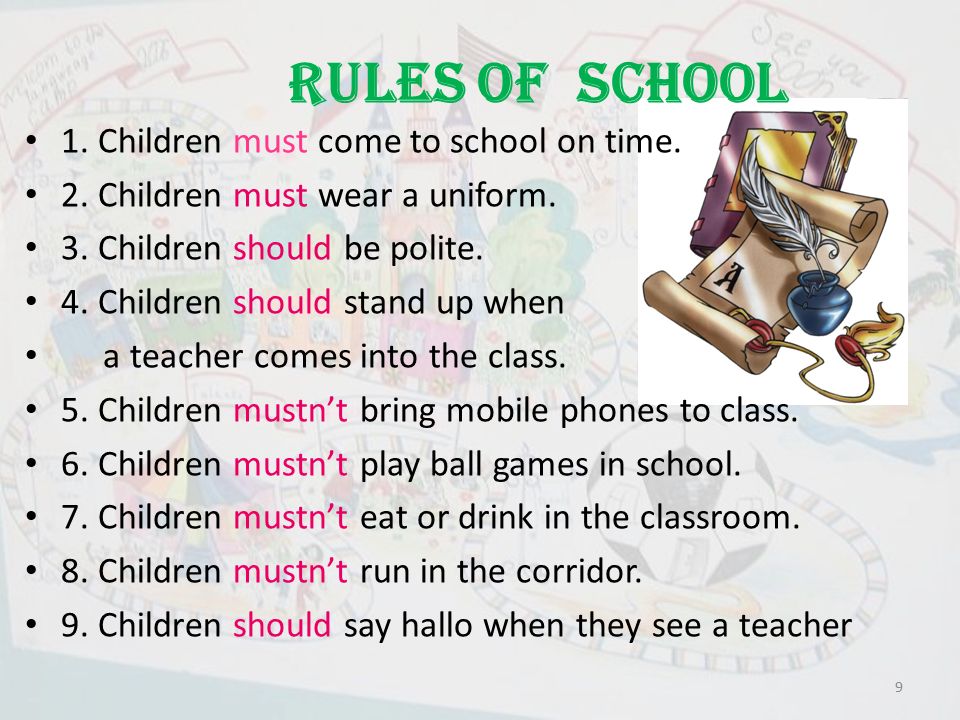
No matter how smart a person is, no matter how wide the range of his interests, his life, if he is not able to express his feelings in music, in song, in dance, inevitably turns out to be impoverished.
In ancient Greece, the Greeks understood the nature of dance. For them, dance is able to reveal what drama, music, painting are powerless to face. Look at ancient Greek stelae, red-figure or black-figure vases. It seems to let the images speak and they lose their expressiveness. Here the bodies themselves delight, scream, rejoice. We say it's plastic.
2. Folk dance
Dance was an integral part of any folk festivities. We cannot imagine real fun without dancing. The energy of joy, apparently, is a special energy, because it inevitably splashes out, pours out into movement. Every nation, every nationality has its own special set of movements, its own rhythm, a very special plasticity. This was fixed and turned out to be as persistent as the national costume, the national character. Different eras, changes in the way of life, in social and cultural relations were reflected in the dance. Fashion also influenced the development of dance.
Different eras, changes in the way of life, in social and cultural relations were reflected in the dance. Fashion also influenced the development of dance.
3. Ballroom dancing
When the dance moved from the squares to the halls of the palaces, it became an expression of the lifestyle of the ruling strata of society. They said about the favorite minuet in the 18th century: “He who dances the minuet well, does well everything that he undertakes, and can undertake everything.”
Elegance of manners, nobility of posture, refined reverence, which were necessary in a minuet, were the most necessary qualities of a courtier.
In those days, ballet appeared at the court, which very soon became the favorite pastime of kings. It is known that Henry IV and his minister Sully danced in a ballet composed by the king's sister; loved to participate in the ballet Louis XIV.
4. Ballet
In Russia, the first ballet was staged during the reign of Alexei Mikhailovich at Shrovetide in 1672, its plot was borrowed from ancient life.
Dance has endured a long battle to become an art in its own right, separate from singing and drama. And so Terpsichore began to be called the muse of ballet. There was such a profession as a composer of dances, in most cases he is also their director (we say - choreographer).
I was surprised by the outwardly brilliant and always difficult fate of the ballerina. The dance consolidated its own laws, rules, summed up certain movements that exist to this day. As in painting there are colors, in music there are notes, so in classical ballet there are certain poses, movements, from which, like letters, choreographers, and then actors add words, from words - phrases, from phrases - poems, stories, novels.
A special plastic language emerged, capable of conveying the most complex movements of the soul. A language that has been studied with incredible perseverance and dedication for decades, for a lifetime.
But thousands of people may not and do not know this language. They dance the waltz, foxtrot, krakowiak, polka, tango, sheik, letka-enka... These dances, the style, the culture that should be visible in their performance is a special topic.
They dance the waltz, foxtrot, krakowiak, polka, tango, sheik, letka-enka... These dances, the style, the culture that should be visible in their performance is a special topic.
The history of dance from antiquity to the present
International Dance Day is a holiday dedicated to all styles of dance, celebrated on April 29th. Initiated in 1982 by the UNESCO International Dance Council.
The date was proposed by the teacher and choreographer Pyotr Gusev in memory of the French choreographer, ballet theorist and reformer Jean-Georges Noverre (1727-1810), born on this day, who went down in history as the "father of modern ballet".
As conceived by the founders, International Dance Day is intended to unite all areas of dance, to become an occasion to honor this art form, its ability to overcome all political, cultural and ethnic boundaries, the ability to unite people in the name of friendship and peace, allowing them to speak the same language is the language of dance.
From the moment when a person begins to walk, move, run, he expresses himself plastically. Sometimes, in order to understand each other, a gesture, a turn of the head, a glance is enough. Look - here is a couple walking down the street at dusk. You see them only from the back - and yet immediately determine whether they are just acquaintances or lovers. This is plastic. When a person is in grief, he becomes petrified. And the suffering of a silent person cannot be confused with the thoughtfulness of an inquisitive youth. It's also plastic. Everyone is capable of plastic expression of their emotions, therefore dance unites people.
The history of the emergence and development of dances is rich and multifaceted.
Dance is one of the oldest art forms. Its appearance is attributed to the times of primitive tribes. Naturally, in that era the type of dance and its purpose differed significantly from modern ones. The development of this art went through several stages, the dance changed, as did society as a whole.
Primitive dance
Dance began its life together with man. The history of the emergence of dance is inextricably linked with the history of human culture. There were dances ritual, hunting, labor, military. They were passed down from generation to generation. No matter how smart a person is, no matter how wide the range of his interests, nevertheless, his life, if he is not able to express his feelings in music, in song, in dance, inevitably turns out to be impoverished. It is not for nothing that in ancient Greece, where the aspirations to educate a harmonious personality were so developed, philosophers, like all citizens, did not shy away from dancing, and it is known for certain about the great playwright and poet Sophocles that in honor of the victory of the Greeks over the Persians, he publicly sang and danced “ceap ".
The Greeks understood the nature of dances, they understood that dance is able to reveal what drama, music, painting are powerless to face. The subtlest impulses of human feeling are subject to dance when it becomes art. Look at ancient Greek stelae, red-figure or black-figure vases. Here the bodies themselves delight, scream, rejoice. We say it's plastic.
The subtlest impulses of human feeling are subject to dance when it becomes art. Look at ancient Greek stelae, red-figure or black-figure vases. Here the bodies themselves delight, scream, rejoice. We say it's plastic.
It is difficult for historians to determine exactly when people first began to dance. And yet, the antiquity of this event can be judged by the ancient rock paintings found in India, which depict dancing people.
It is assumed that dance movements were used by primitive people even before the appearance of speech. So they could convey their emotions and experiences to each other. In addition, the dance could include the moment of the game, gave the dancer the opportunity to "reincarnate". For example, hunters wove movements characteristic of animals into their dance.
Another feature of the ancient dance is its strong connection with rituals. Not a single ritual was complete without a special totemic dance, which could last for several days.
Dances of ancient cultures
Dances are mentioned in the Old Testament. Archaeological finds testify to the presence of this art in ancient Egypt. Judging by the old drawings, collective female dances were widespread there.
Archaeological finds testify to the presence of this art in ancient Egypt. Judging by the old drawings, collective female dances were widespread there.
India is rich in deep dance traditions. To this day, 2 types have come down - pure dance (Nritta) and story dance (Nritya). Nritta is a body movement combined with hand gestures. Nritya is a dance that tells a certain story. Special poems are written for this dance type. In ancient India, ritual dances performed at special venues in temples also played an important role.
In ancient China and Japan, the art of dance also developed successfully. Initially, the dance was mainly part of the rituals, and the profession of a dancer echoed the profession of a priestess. Later, the art of dance began to be taught to all girls. In addition, a plot dance was developed in the Far East, which was inseparably connected with the theater.
In ancient Greece, dance played an important role in the life of society; here, along with other ancient Greek gods, Terpsichore, the goddess of dance, was revered.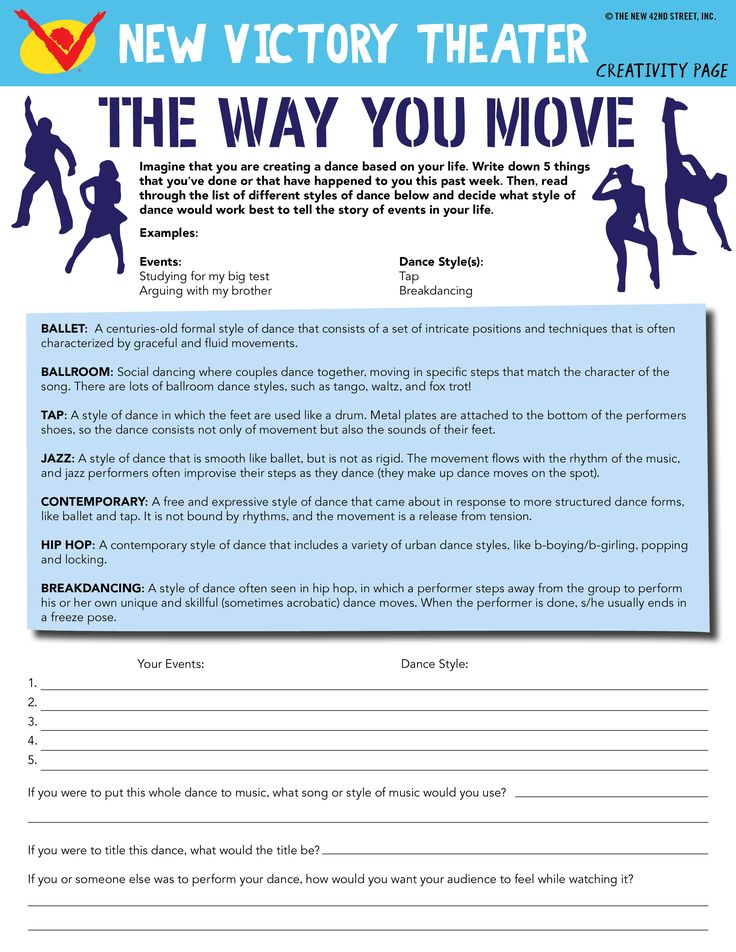 It is from the Greek term "Χορός" that the concept of "choreography" originated. In Greece, there were several types of dance - ritual, military, plot, marriage and salon. Men and women danced separately.
It is from the Greek term "Χορός" that the concept of "choreography" originated. In Greece, there were several types of dance - ritual, military, plot, marriage and salon. Men and women danced separately.
Middle Ages and Renaissance
In the Middle Ages in Europe, with the advent of Christianity, dance began to be considered a relic of the pagan past. Ritual dance disappears almost completely, and even folk dances are not approved. However, in the XIV century, among the nobility, salon dances (branle, sardana, pavane and others), which are danced by a lady and a gentleman in pairs, become widespread. Balls are getting popular.
During the Renaissance, both salon and stage dances developed. In the 17th century, ballet appeared, the first ballet school was opened. In the 18th century, the waltz, square dance and bolero were born. The profession of dance master (choreographer) appears.
Modern and folk dances
Dance was an integral part of any folk festivities. We cannot imagine real fun without dancing. The energy of joy, apparently, is a special energy, because it inevitably splashes out, pours out into movement. Every nation, every nationality has its own special set of movements, its own rhythm, a very special plasticity. This was fixed and turned out to be as persistent as the national costume, the national character. Different eras, changes in the way of life, in social and cultural relations were reflected in the dance. Fashion also influenced the development of dance. Folk dances have developed in each country and, like national clothes or architecture, have their own unique features for each nationality. Each nation had dances with different moods and purposes. Mostly cheerful dances have survived to this day, without which not a single folk festival could have done before.
We cannot imagine real fun without dancing. The energy of joy, apparently, is a special energy, because it inevitably splashes out, pours out into movement. Every nation, every nationality has its own special set of movements, its own rhythm, a very special plasticity. This was fixed and turned out to be as persistent as the national costume, the national character. Different eras, changes in the way of life, in social and cultural relations were reflected in the dance. Fashion also influenced the development of dance. Folk dances have developed in each country and, like national clothes or architecture, have their own unique features for each nationality. Each nation had dances with different moods and purposes. Mostly cheerful dances have survived to this day, without which not a single folk festival could have done before.
Ballroom dancing
When the dance moved from the squares to the halls of the palaces, it became an expression of the lifestyle of the ruling strata of society.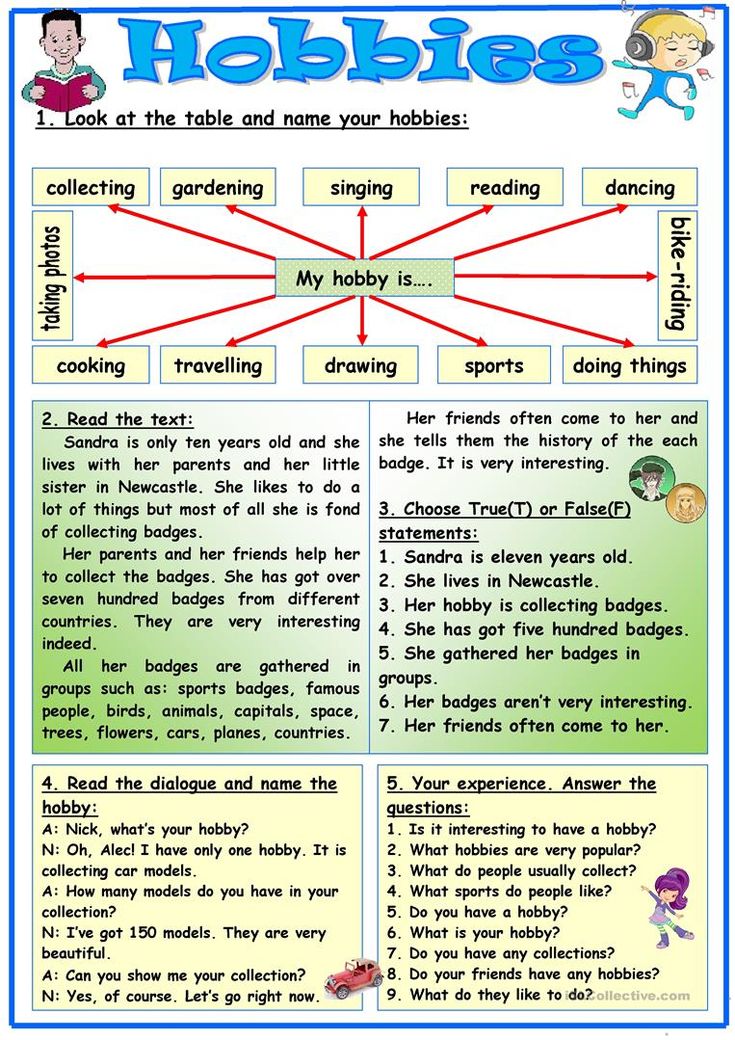 They said about the favorite minuet in the 18th century: “He who dances the minuet well, does well everything that he undertakes, and can undertake everything.”
They said about the favorite minuet in the 18th century: “He who dances the minuet well, does well everything that he undertakes, and can undertake everything.”
Elegance of manners, nobility of posture, refined reverence, which were necessary in a minuet, were the most necessary qualities of a courtier.
In those days, ballet appeared at the court, which very soon became the favorite pastime of kings. It is known that Henry IV and his minister Sully danced in a ballet composed by the king's sister; loved to participate in the ballet Louis XIV.
In the 20th-21st century, many new dance styles appeared - swing, hustle, breakdance, contemporary, etc. Ballroom and historical dances developed. Modern dances are usually divided into 3 broad groups:
• stage;
• competitive;
• entertainment.
Ballet.
In Russia, the first ballet was staged during the reign of Alexei Mikhailovich at Shrovetide in 1672, its plot was borrowed from ancient life.

